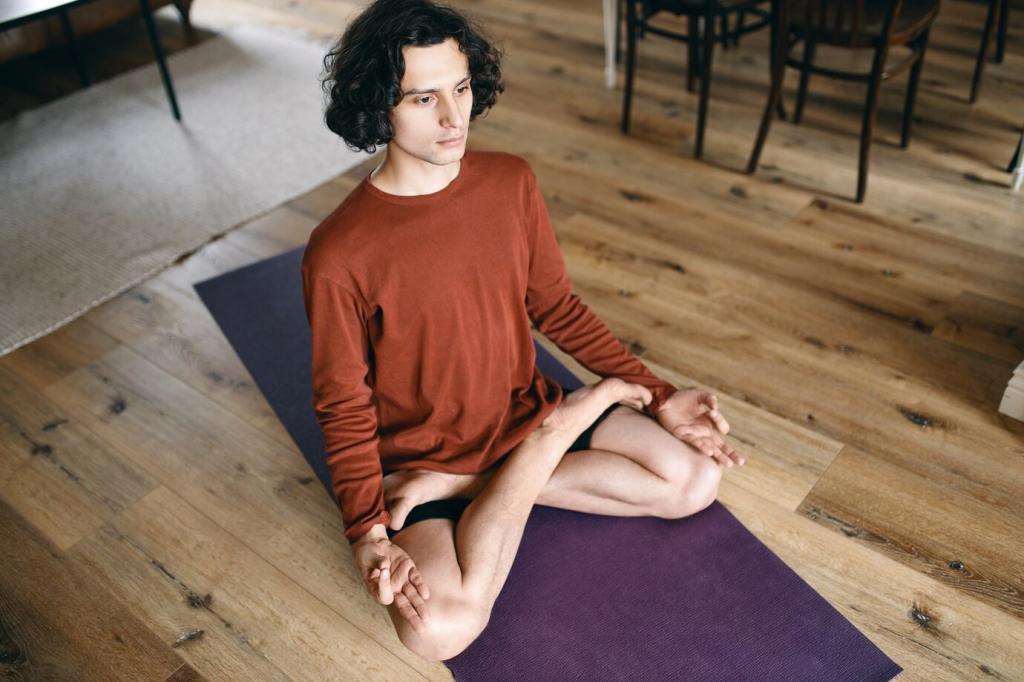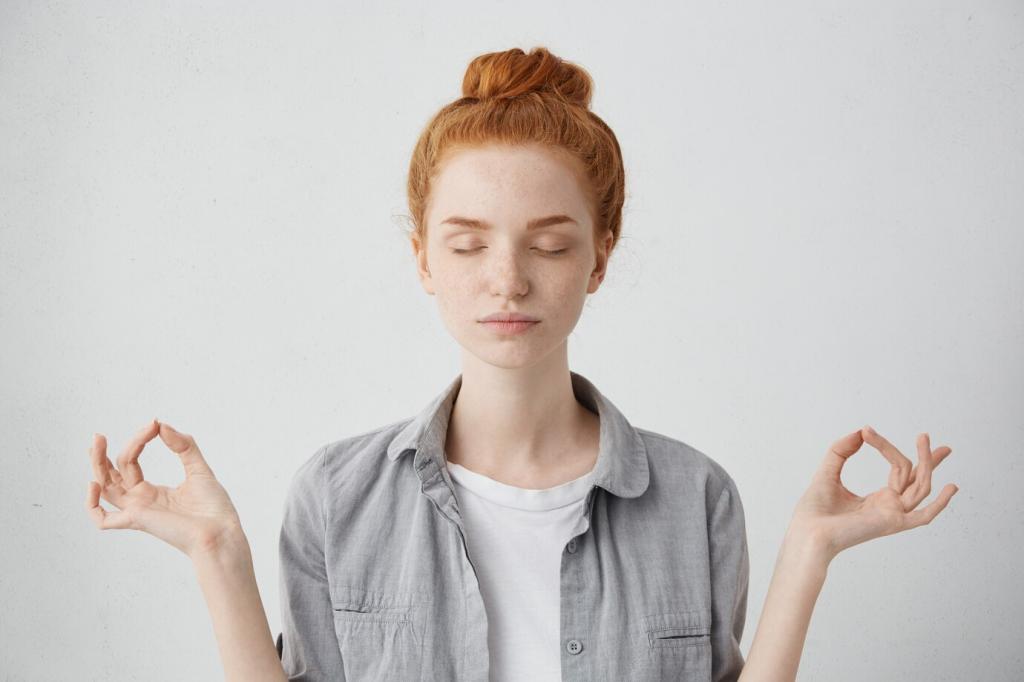Chosen theme: Visualization Techniques for Inner Calm. Imagine serenity like sunlight on still water—easy, warm, and steady. Today we’ll turn gentle pictures into practical peace. Breathe in, read on, and try a visualization that fits you. Share your experience in the comments and subscribe for fresh guidance each week.
The Science and Setup of Calming Visualization
When you visualize safe, pleasant scenes, your brain often signals the parasympathetic system to ease tension and slow breathing. Heart rate can settle, muscles unclench, and attention narrows. This is why Visualization Techniques for Inner Calm work: your body responds to imagined safety almost like the real thing.
The Science and Setup of Calming Visualization
Choose a corner with soft light, comfortable seating, and minimal noise. Keep a light blanket or eye mask nearby. Silence notifications and set a gentle timer. Add a scent you associate with calm—lavender or cedar. This ritual signals your mind: it’s time for Visualization Techniques for Inner Calm.


Your Safe Place: A Guided Imagery Journey
Picture a place where you feel protected and deeply at ease. Add details deliberately: textures underfoot, a gentle temperature, distant comforting sounds. Place a chair, a blanket, or a sunlit rock to rest on. Establish a boundary—maybe a gate or archway—so entering feels intentional. This anchors Visualization Techniques for Inner Calm.
Your Safe Place: A Guided Imagery Journey
Mae, a librarian, pictured a small cove with tide pools and gulls drifting overhead. During chaotic mornings, she closed her eyes, heard waves, and felt sun-warmed stone beneath her palms. Over weeks, colleagues noticed her steadier voice. Her visualization became a reliable pathway to inner calm during staff rushes.


Color, Light, and Inner Weather
Imagine warm gold light pouring from above, slowly traveling from crown to toes. Wherever it lingers, muscles unwind like knots loosening in warm water. As you exhale, let the light carry away tension. This simple technique blends mindful scanning with Visualization Techniques for Inner Calm that feel tangibly soothing.

Color, Light, and Inner Weather
Picture a wide blue horizon. On each inhale, the sky expands toward you; on each exhale, worries drift outward like thin clouds. Blue evokes clarity and stability for many people. Use five cycles whenever stress spikes, transforming breath and imagery into a single, calming rhythm you can trust.

This is the heading
Lorem ipsum dolor sit amet, consectetur adipiscing elit. Ut elit tellus, luctus nec ullamcorper mattis, pulvinar dapibus leo.

This is the heading
Lorem ipsum dolor sit amet, consectetur adipiscing elit. Ut elit tellus, luctus nec ullamcorper mattis, pulvinar dapibus leo.


Compassion and Future-Self Imagery
Picture a version of you six months ahead—rested eyes, patient voice, slower pulse. Ask one question about today’s stress. Listen to a brief, kind answer that prioritizes simplicity. Let this scene end with a reassuring gesture. This practice turns Visualization Techniques for Inner Calm into practical next steps.
Compassion and Future-Self Imagery
Envision standing in a meadow of gentle warmth, every blade of grass a small blessing. On the inhale, receive care; on the exhale, send it to someone struggling. Compassion softens self-criticism and steadies attention, reinforcing calm imagery with a feeling tone that lingers after practice.
The sixty-second snapshot
Close your eyes and summon a single, beloved image: a sunlit window, a pinecone path, or a steaming mug. Explore five details—color, texture, temperature, scent, and sound. One minute of focused imagery can interrupt spirals and return you to work with surprising clarity and composure.
Anchor object recall
Select a small object—stone, ring, or bookmark—to touch when stressed. Pair it with a consistent mental picture, like a lake at dawn. The object becomes a key that unlocks the image quickly. This habit makes Visualization Techniques for Inner Calm accessible anywhere, even during brief hallway conversations.
Troubleshooting and Deepening Your Practice
When images feel fuzzy or forced
Start simpler. Use shapes, colors, or single objects instead of complex scenes. Borrow sensory memory—recall a real texture or scent—to add clarity. Shorten sessions but practice daily. Over time, Visualization Techniques for Inner Calm become easier as your brain learns this friendly, repeatable pathway.
Training vividness with the five senses
Rotate focus through sight, sound, touch, smell, and taste within one image. Add one fresh detail per breath cycle. This gentle layering strengthens vividness and engagement without strain. Celebrate small gains. Share progress in the comments so our community can cheer your consistency and learn from your discoveries.
Tracking progress and staying motivated
Keep a tiny log: date, technique used, minutes, and one feeling word. Review weekly for patterns. Pair practice with an existing habit like tea or stretching. Small consistency beats rare intensity. Subscribe for monthly check-ins, new scripts, and supportive prompts that keep Visualization Techniques for Inner Calm alive.
